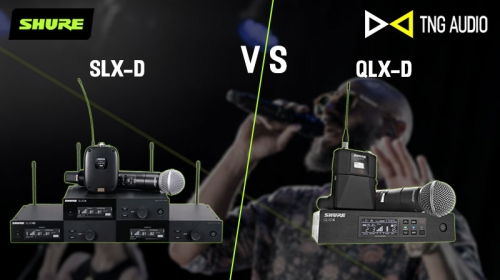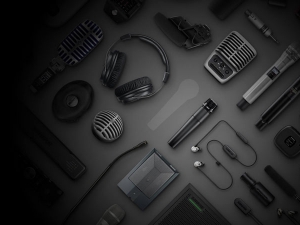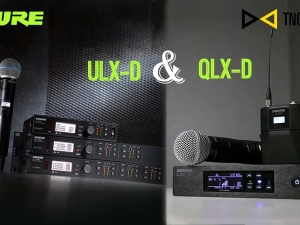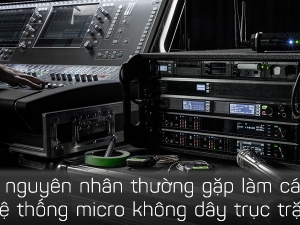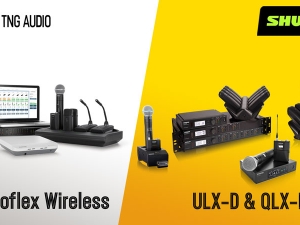Câu hỏi Nếu tôi có máy phát cầm tay không dây (handheld transmitter) với đầu mic Beta87A hoặc Beta 87C, thì tôi có thể sử dụng các đầu micro không dây khác như Beta58, SM58 hoặc SM87 không? Trả lời Hầu hết các máy phát cầm tay Shure đều có đầu micro không dây có thể tháo rời...
So sánh hệ thống micro không dây Shure SLX-D và Shure QLX-D
Câu hỏi:
Điểm khác biệt giữa 2 hệ thống micro không dây SLX-D và QLX-D là gì?
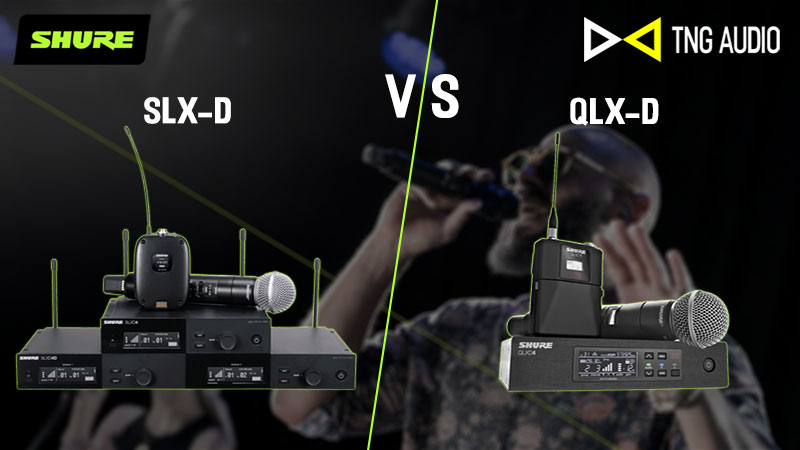
Trả lời
Cả hai hệ thống micro không dây kỹ thuật số Shure SLX-D và Shure QLX-D đều đem lại âm thanh đặc biệt rõ ràng, tiếng ồn thấp và dải động> 120 dB, vì vậy chúng nghe gần như giống hệt nhau. Chỉ có một số khác biệt không đáng kể đối với các môi trường mà Shure SLX-D được thiết kế riêng là nhà thờ, chùa chiền, trường học và rạp hát nhỏ.
- Hệ thống Shure QLX-D cung cấp băng thông điều chỉnh rộng hơn Shure SLX-D (64 MHz so với 44 MHz) và có thể vận hành nhiều hệ thống hơn trong một kênh TV 6 MHz (17 so với 10).
- Micro không dây Shure QLX-D có sẵn ở UHF, VHF, 900 MHz và (ở một số quốc gia) băng tần 1,5 GHz; hệ thống SLX-D chỉ hỗ trợ băng tần UHF, là băng tần hầu hết người dùng sử dụng.
- Hệ thống không dây Shure SLX-D cung cấp cả bộ thu kênh đơn SLXD4 và bộ thu kênh đôi SLXD4D; Bộ thu Shure QLXD4 là kênh đơn.
- Độ trễ của QLX-D là 2,9 mili giây, SLX-D là 3,2 mili giây.
- Bộ thu QLXD4 tương thích với bộ phát ULXD6 và bộ phát cổ ngỗng Shure ULXD8 sử dụng trong phòng họp.
- Bộ micro không dây digital Shure QLX-D cung cấp mã hóa, còn Shure SLX-D không có.
Do đó, nếu bạn cần hệ thống micro không dây nhiều lựa chọn, linh hoạt hơn thì QLXD là lựa chọn phù hợp hơn, nó có băng thông rộng hơn, nhiều lựa chọn băng tần thu phát sóng, kết hợp được với ULXD6 và ULXD8 cho phòng họp, lại tích hợp mã hoá để bảo mật, độ trễ cũng nhỏ hơn. Còn nếu bạn chỉ có nhu cầu sử dụng phổ thông và muốn có receiver kênh đôi tiết kiệm thì SLXD sẽ là lựa chọn phù hợp.
Theo Shure.com

